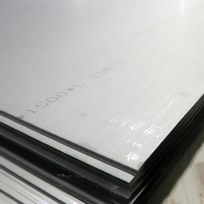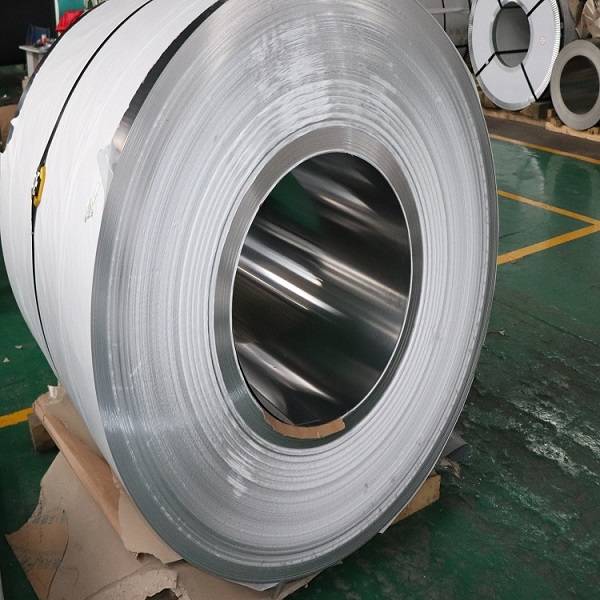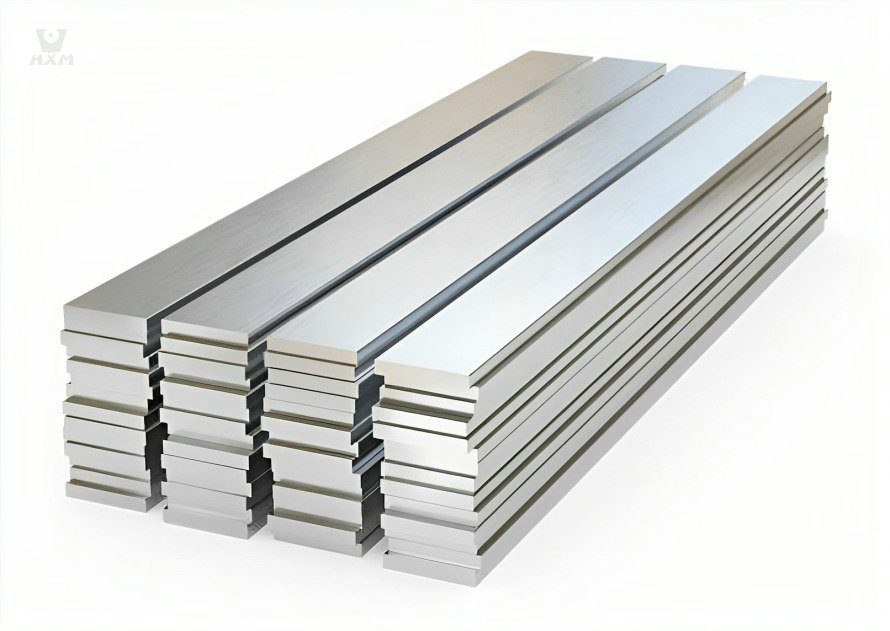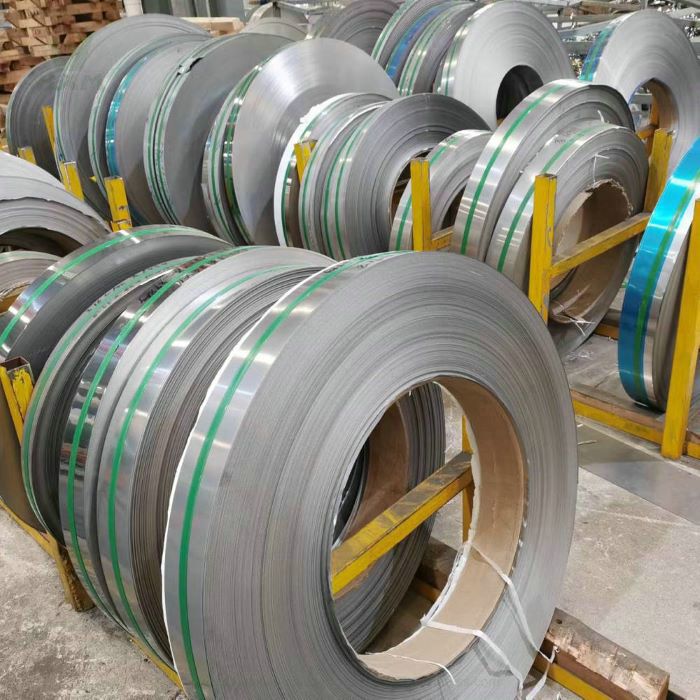How to Remove Rust from Stainless Steel?
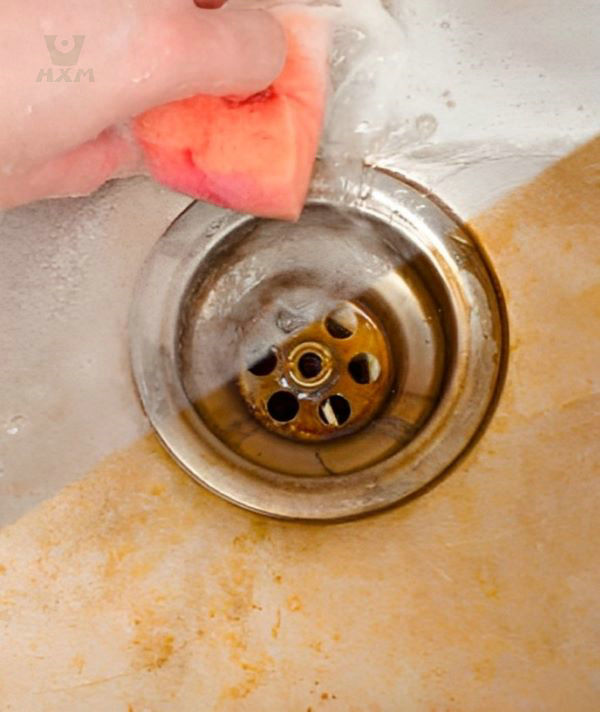
Stainless steel, as a durable material, is widely used in our daily lives, from kitchen utensils to architectural decoration, its presence is everywhere. However, even stainless steel is not immune to the intrusion of rust in certain situations. Rust not only affects the aesthetics of stainless steel but may also damage its structure and performance. So, how should we remove rust to restore stainless steel to its original luster and strength?
How to Remove Rust from Stainless Steel?
To remove rust from stainless steel, several methods can be employed. One common approach is using acidic solutions like vinegar or lemon juice, which break down the rust through chemical reactions. Oxidizing agents such as hydrogen peroxide or baking soda can also be effective in converting rust into a removable compound. Additionally, gentle mechanical action, such as scrubbing with a soft-bristle brush or fine steel wool, can aid in removing rust particles.
Chemical-based Methods
Lemon Juice to remove rust
Lemon juice contains a large amount of vitamin C and acidic substances, which can react chemically with metal oxides to remove rust stains. Apply lemon juice to the rust stains on stainless steel products, wait for a period of time, and then wipe with a cloth. This method can also provide some rust prevention effects.
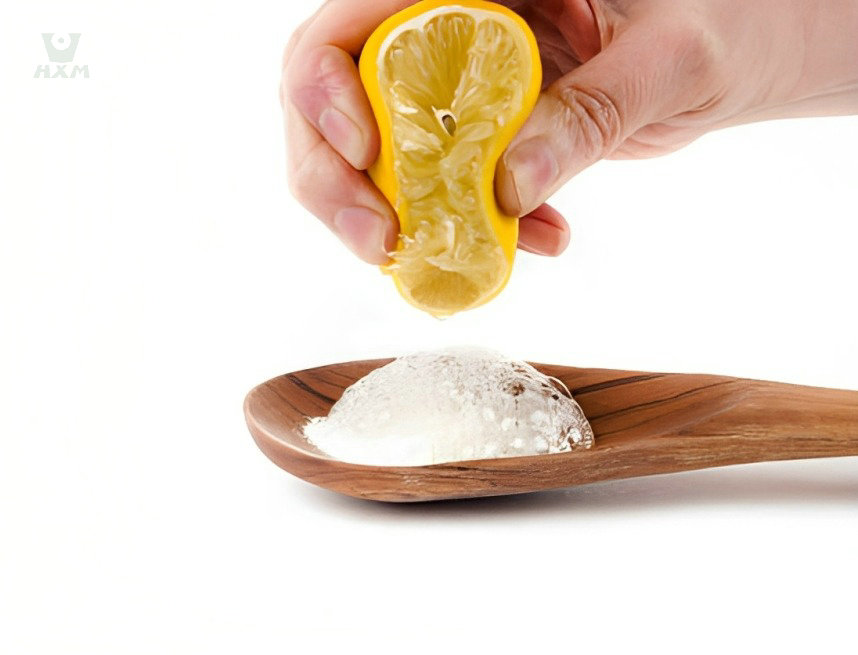
Baking soda to remove rust
Baking soda is an alkaline substance that can react chemically with acidic substances to remove rust stains. Mix baking soda with water to form a paste, apply it to the rust stains on stainless steel products, wait for a period of time, and then wipe with a cloth. This method can also provide some rust prevention effect.
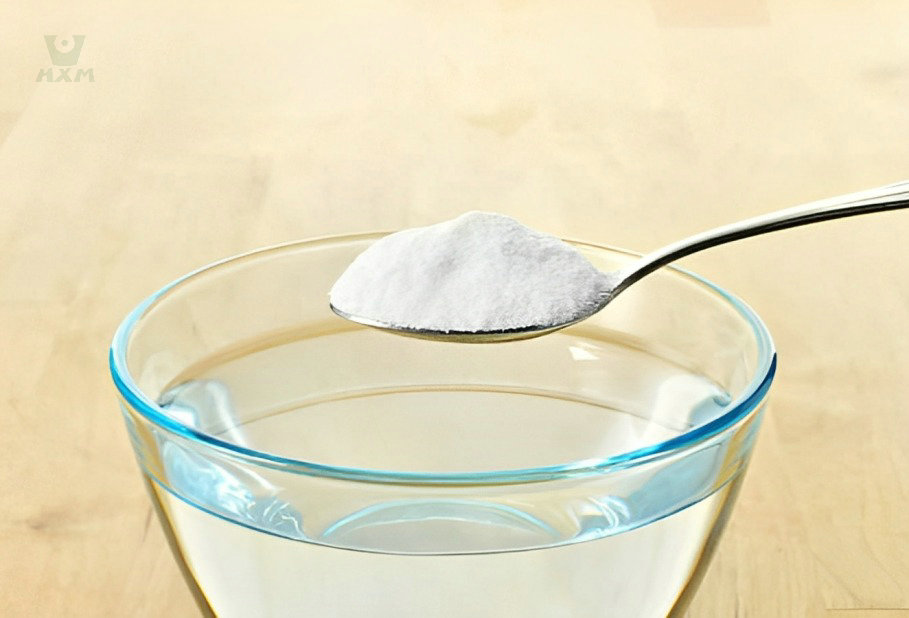
Mechanical Methods
Gentle scrubbing with soft-bristle brushes
For less severe rust stains, gentle scrubbing with a soft-bristle brush can be effective. Use a brush with nylon or natural bristles to avoid scratching the stainless steel surface. Combine gentle scrubbing with a chemical rust remover or a mild detergent to enhance the cleaning process.
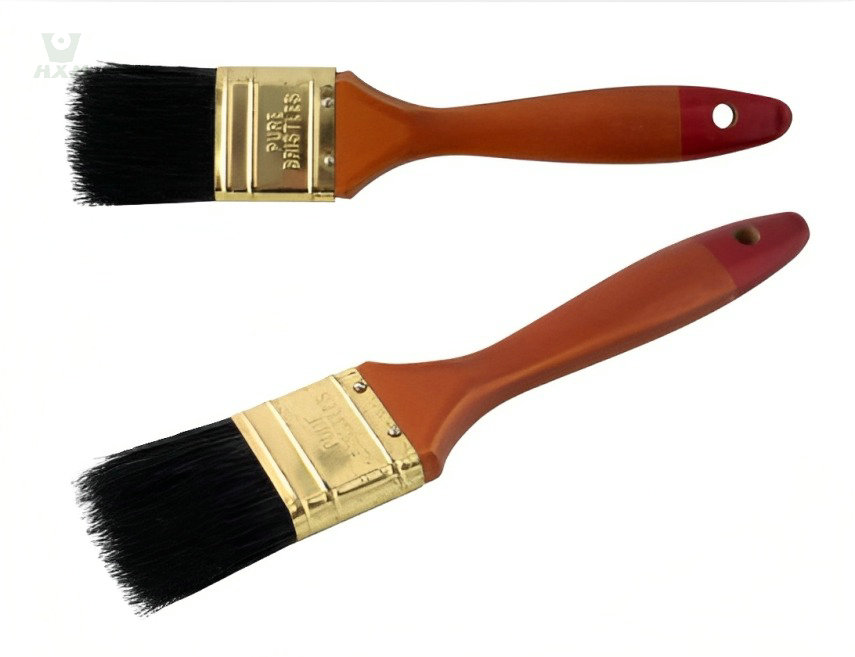
Using fine steel wool for abrasive action
For more stubborn rust stains, utilize fine-grade steel wool. Gently rub the affected area in a circular motion with moderate pressure, ensuring not to scratch the stainless steel. Afterward, thoroughly clean the area and apply a protective coating to prevent future rusting.
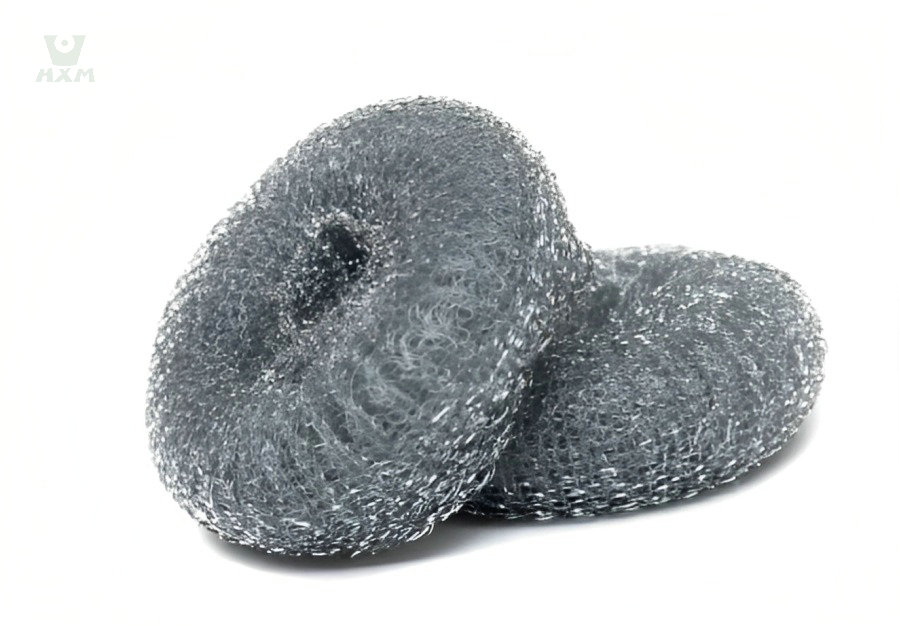
How Stainless Steel Rust Forms?
Rust formation on stainless steel surfaces is a result of a chemical process known as oxidation. This process occurs due to the interaction of iron, oxygen, and moisture. Here’s a detailed cause of rust formation:
- Chloride ion exposure: Chromium in stainless steel is crucial for rust resistance. However, when stainless steel comes into contact with substances containing chloride ions, such as salt, sweat, seawater, etc., the chloride ions can disrupt the passivation layer on the surface of stainless steel, leading to reactions with the metal substrate and resulting in rusting.
- Mechanical damage or chemical corrosion: If the surface of stainless steel is scratched, impacted, or otherwise mechanically damaged, or if it is corroded by certain chemicals, its protective layer can be compromised, exposing the metal to the air and causing rust.
- Environmental factors: Prolonged exposure to damp, high temperatures, or high humidity environments can also make stainless steel more prone to rusting.
conclusion
Of course, in addition to remove rust stains, preventing stainless steel from rusting is equally important. Measures such as regular cleaning and maintenance, avoiding mechanical damage, promptly addressing dirt and deposits, and selecting appropriate stainless steel materials can effectively prevent rusting issues. Only by taking preventive measures can rust stains be fundamentally avoided, thus extending the lifespan of stainless steel products.
If you have any upcoming stainless steel procurement plans, feel free to contact Huaxiao Metal at any time. As a professional stainless steel supplier with over 15 years of export experience, we are committed to providing high-quality stainless steel products and professional technical support to our customers. Whatever grade of stainless steel material you need, we can meet your requirements.
Please fill out the following information, and we will contact you as soon as possible to provide you with more detailed product information and solutions.




